So a move is on the horizon… It’s ok to be scared, after all, research has shown that moving can be even more stressful than a divorce. But, luckily, you have your best furry friend with you to go through this adventure together. Although the process of moving abroad with a dog can seem overwhelming, there is nothing to fear. All you need to do is prepare well ahead of time to ease the moving process for both of you.
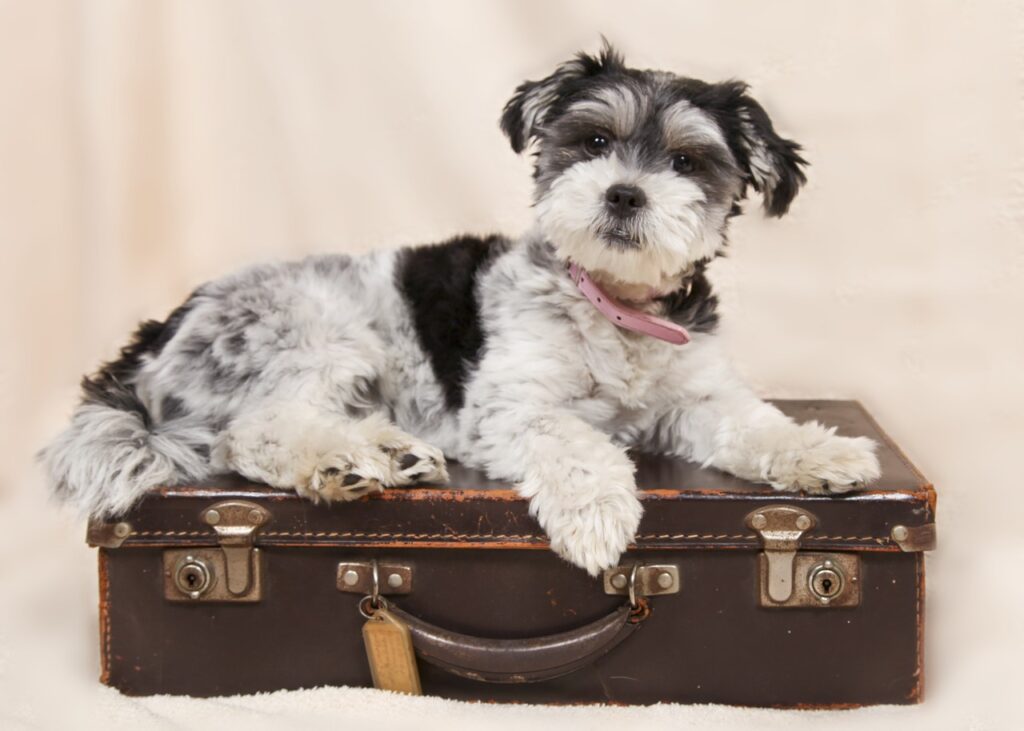
The joy of paperwork
First, make sure that you are well acquainted with the laws of the country you are going to. Luckily, many countries (like the UK) banned quarantine but others like China still have a mandatory quarantine period. Hopefully, you are not going to China as this dreadful rule cannot be avoided. You surely don’t want your furry friend being left alone for 7 to 30 days while being tested for a range diseases. Some quarantines don’t even allow visits… Luckily, even China might drop its quarantine rules in the near future…. fingers crossed as this is a stress no pet/pet owner should endure!
But moving abroad with a dog means that you need to read about the country you are headed off to. Luckily, most countries have a uniform checklist, similar to the one of EU:
- Pet Passport
- Microchip (that is related to the passport)
- EU health certificate (48 hours prior your trip)
- Rabies vaccine (needs to be done at least 21 days before if you are arriving in Europe)
- Rabies titre test (those lucky ones travelling from the US are exempt from this). This test needs to be done 3 months prior your trip.
Means of travel
Are you traveling by car, bus or by plane? Is your dog small enough to travel in the cabin with you? Large dog owners are forced to put their pets into the cargo hold, and although the majority of times this is ok, it is normal to be worried. If you are traveling to the UK for example, a lot of airlines still don’t admit small dogs in the cabin – maybe someone should inform them that the quarantine rules were banned in 2013! But, you do have options to fly to some specific airports in the UK, you just need to inform both the airline and the airport beforehand. Make sure to inquire about the country you are heading off to and do a detailed research. Moving abroad with a dog will take some paperwork so be prepared for that.
Airplane travel – cabin
If you are traveling within the US- lucky you! All you need is one of Sherpa’s licensed travel pet carriers. There is even a list of airlines which you will receive with your purchase, so if it happens that you are not allowed on the flight, Sherpa will reimburse you for your ticket! Unfortunately, for all those in the EU, US-approved carriers will likely be rejected by most European airlines, since they are too big. European airlines differ greatly in dimensions and usually allow only up to 8 kg (weight including the carrier!).
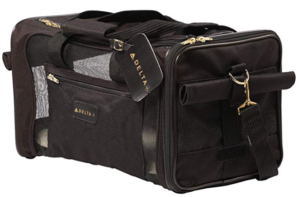
Rules for EU cabin travel
Here a few guidelines:
- Lufthansa – 8kg – 55 x 40 x 23cm
- Air France – 8kg – 46 x 28 x 24cm
- Air Serbia – 8 kg -40 x 30 x 24cm
- Low cost airlines (Wizz Air, Easy Jet, Ryanair) do not allow pets in cabin :(
The carrier needs to be entirely closed (so your pet cannot get out on its own), but needs to be appropriately ventilated for air, with a firm ground. Your pet should be able to lie down and stand up in the carrier comfortably. Needless to say, potty training is something you cannot afford to travel without! If you are lucky enough to fit within these dimensions, you are all set to move abroad with a dog in a very convenient way :)
Airplane travel – cargo
If you are moving abroad with your dog that is not of toy size and you cannot provide any other sort of transport since it’s far away, cargo is your only option. Surely, no pet owner would like his furry best friend to be placed inside the trunk of an airplane. But, if your dog is healthy, young (meaning it does need supplements/medicines of any kind), you can give him or her a mild sedative to sleep throughout the journey. There are many bad stories online but there are also many pet owners who did this and everything turned out just fine (they were more scared than their dogs!) : so read their stories also!
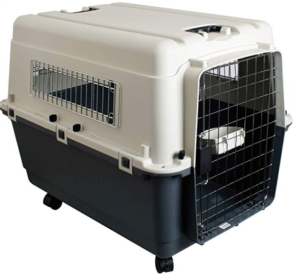
Other means of travel
When it comes to boats and trains, things are very company-specific. For example, no pets are allowed on trains between Paris and London and traveling to/from UK in general. Whereas pets are welcome in trains within both countries (there is a fee in France and your pet must also be in a carrier)… Germany is as pet-friendly as it gets, in Italy pets are also allowed, but only in front and back carriages. So, as previously mentioned, when moving abroad with a dog, be prepared to do a lot of research on these things!
Easing your dog’s transition to a new home
As with any other kind of travel, your dog needs its own ‘suitcase’. So here are a few things that you should definitely pack when moving abroad with a dog:
- Harness, leash and poop bags (obviously..)
- Food (for at least the first few days)
- Supplements (you don’t want to risk not being able to find them at your new location)
- Shampoo (to wash his or her paws)
- Towel (unless you use your own…)
- Toothbrush and toothpaste
- Bed (it would be great if you can bring your old one to provide your pet with a sense of comfort… if not possible, take your dog to the pet store and let him/her try ones you think would fit, they will show you which basket is the one :)
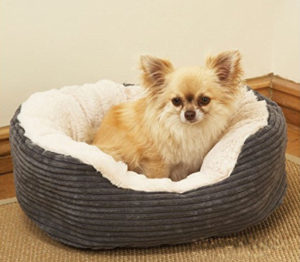
- Favourite toy
- Ear cleaner and cotton pads (those ear infections often come in the worst of times, especially caused by allergies)
- Paw balm (your dog’s paws can get irritated with the new surroundings or simply because of stress… just like our skin reacts sometimes)
- Furminator (just because you’ll have other concerns does not mean your dog will stop shedding hair, unfortunately)
- Lint roller (cause, you surely don’t want your new place covered with hair)
- Activated charcoal (in case your dog manages to grab something delicious yet toxic while you are unpacking…)
- Antiseptic (for a cut, wound… you should always be prepared)
Keep your old routines
Do what you can to keep things the same. Go for walks during the same time of the day. Do you have any other ritual with your dog? Keep it as this will definitely make the move less stressful.
Don’t get rid of your old stuff (at least for a while)
An old bed or crate can comfort your dog during the period of adaption. You surely remember wanting to take your favourite toy with you when you were little? It’s pretty much the same thing. So unless you are cramped for space, bring your dog’s stuff.
Spend time on the floor with your dog
Not only is this important so your dog feels reassured but it’s also about leaving your scent in the new house. This will only add up to your bond, but of course, do not forget walks as exercise is very important for your dog’s health and wellbeing.
Try to bring your dog everywhere (if you can) with you during the first few days
Yes, it sounds a bit too much for some, but think about it – would you leave a child in a hotel room the minute you arrived? So just do your best not to leave your dog alone during the first few days. Obviously, you can go to the supermarket, for example, but try to avoid leaving her or him for a very long period of time in the beginning to avoid any sort of anxiety. Maybe you are super lucky and your dog will adapt instantly, but just in case, allow a few days for her or him to become comfortable in the new place.
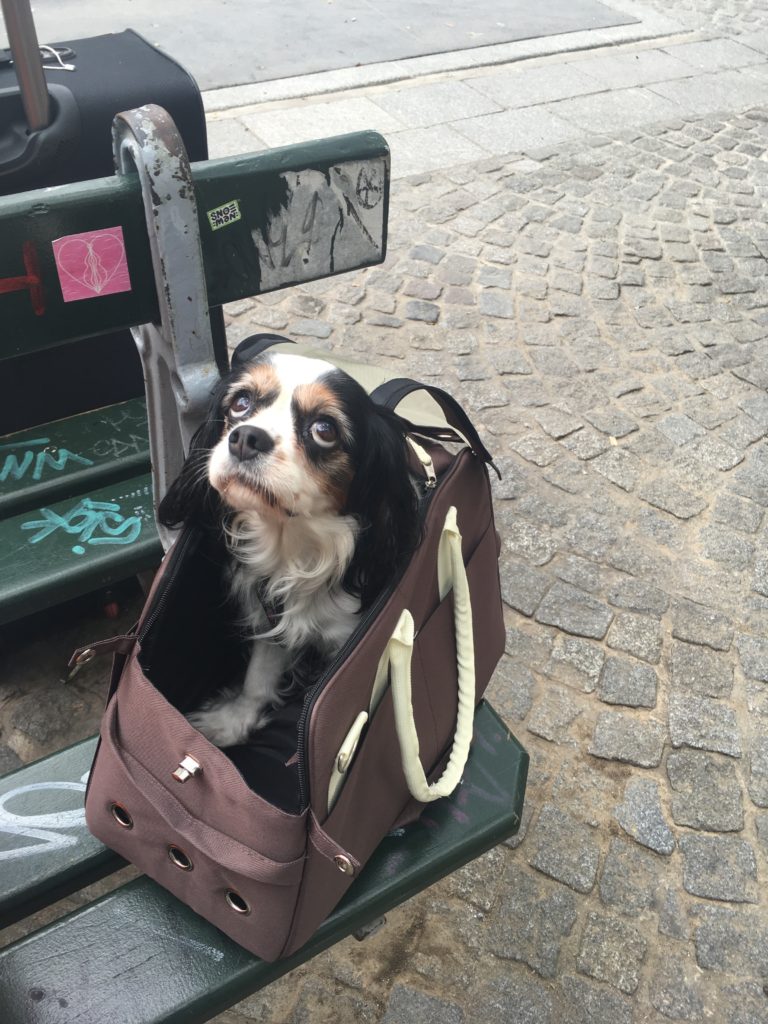
Leave treats and familiar toys when you leave the house
When you do leave, make sure your dog is surrounded by toys and the things she or he likes and finds comforting. When you implement an effective dog-proofing strategy in your new house, you’re all clear to leave your dog for up to 8 hours.
As always, be patient…
Whether it’s training or moving abroad with a dog, it all comes down to patience. If you are impatient, your dog will only absorb your negative emotions and this can only make matters worse. This is a big change for both of you, so take it easy and go through it together. After a few days, it will all get better. And then, there are many things to start thinking about, like buying bed linen that can ‘repel’ or at least hide the trails of your canine roomie :) But more on that later, let’s first survive the move!

Aaaand…. relax








